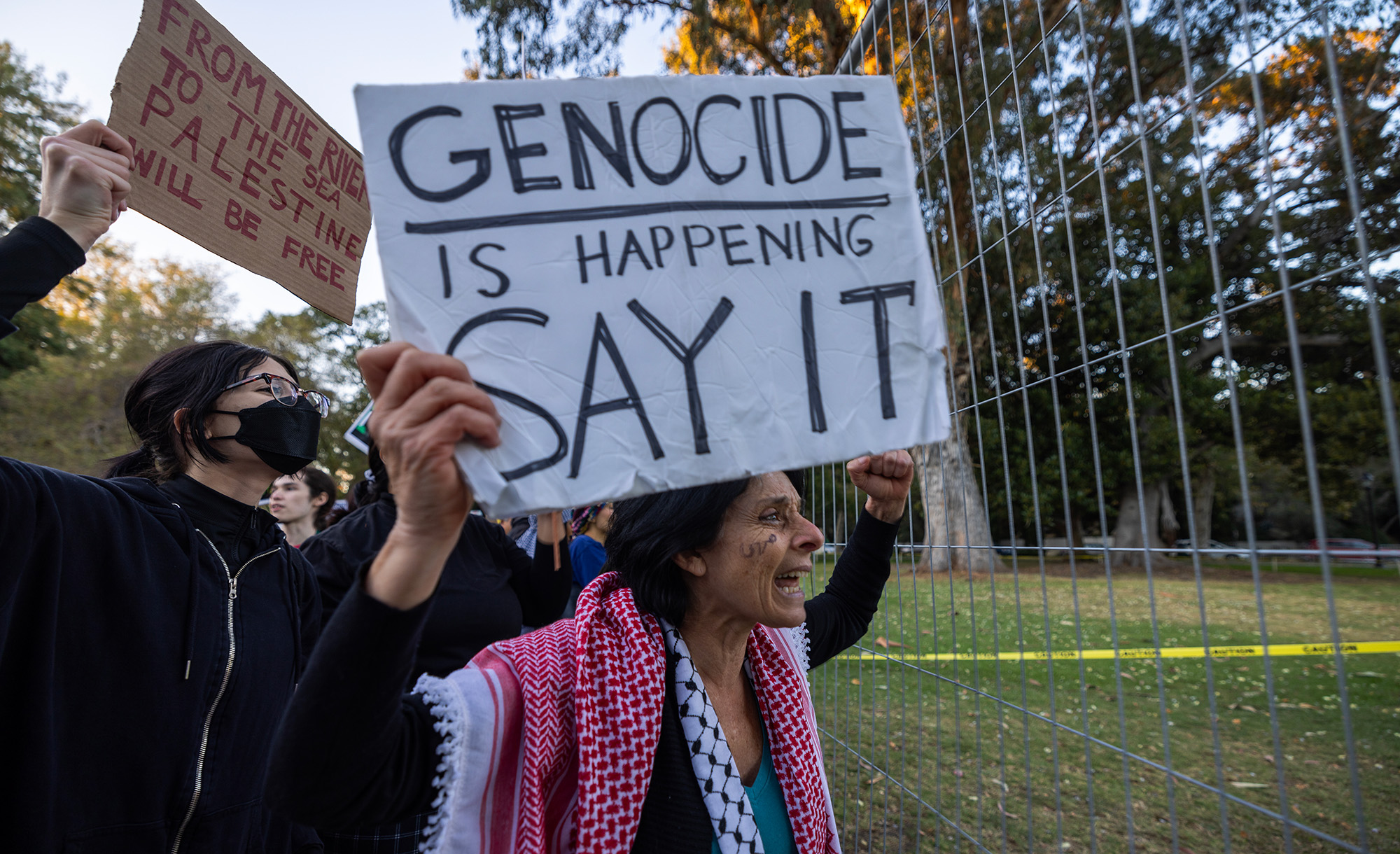In the novel Children of the Ghetto: My Name Is Adam—recently published in English translation—Elias Khoury tells the story of a Palestinian who fled the city of Lydda during Israel’s war of independence and takes as its theme the “silence” of members of that generation. The subject of a fawning review in the New York Times, the book employs as its central conceit an exercise in Holocaust inversion (made clear by the title), comparing the plight of the Palestinians to that of the Jewish victims of Nazism. But the supposed massacre perpetrated by the Haganah at Lydda—which had a formative impact of the protagonist of Children of the Ghetto—never happened, as Martin Kramer demonstrated in Mosaic in 2014:
Lydda, along the route from Tel Aviv to Jerusalem, was an Arab city of some 20,000, swollen by July [1948] to about twice that size by an influx of refugees from Jaffa and neighboring villages already occupied by Israeli forces. The 5th Infantry Company of the Transjordanian Arab Legion (approximately 125 soldiers) was deployed in the city, supported by many more local irregulars who had been making months-long preparations for battle.
On July 11, . . . the 3rd Battalion of the [Haganah’s] Yiftaḥ brigade moved into southern approaches to the city. . . . By the next day, as Israeli forces were strengthening their hold on the city, two or three armored vehicles of the Arab Legion appeared on the northern edge and began firing in all directions. This encouraged an eruption of sniping and grenade-throwing at Israeli troops from upper stories and rooftops within the town, and from [what was known as] “the small mosque” only a few hundred meters from the armored-vehicle incursion.
Israeli commanders feared a counterattack by the Legion in coordination with the armed irregulars still at large in the city. The order came down to suppress the incipient uprising with withering fire. The Great Mosque and the church, [crammed with male Arab civilians], were unaffected, but Israeli forces struck the small mosque with an antitank missile.
In short, a fierce battle took place, and Israeli troops fired on a mosque that had become an enemy outpost, but, as Kramer goes on to prove, there is no evidence of a massacre.
More about: Israeli War of Independence, Literature, Lydda, Palestinians


